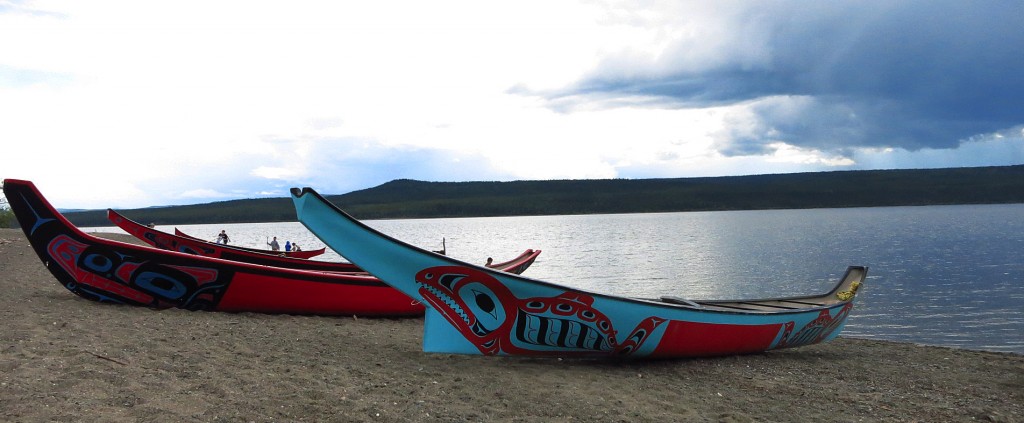Weʼve got a lot of work to do. The job is all yours, thatʼs why you are here today… We donʼt want our language to die… hard work is ahead of us, go at it and have it done
-Elijah Smith, Executive Elder, Council for Yukon Indians
1991 Yukon Aboriginal Languages Conference
With the widespread and continuously growing trends of language shift from local languages to national, colonial languages (e.g. English and French), many northern Canadian Indigenous communities continue to articulate concerns regarding the vitality and
future of their ancestral languages.
To respond to this changing reality of the northern linguistic landscape, numerous language documentation, revitalization, and maintenance efforts have been undertaken. This has included efforts driven through internal processes, such as those that are community based and driven, and others through external processes, including those supported by various outside governmental agencies, educational institutions, and academic allies. [Image examples here]
While some of the forces driving this language shift are comparable to other areas in North America and the world in general, northern communities face a number of unique challenges. These include:
- the extensive language and cultural diversity of North America;
- the relatively small size of many language communities;
- patterns of language shift; and language loss has not been uniform across communities (Mithun 1998)
- Limited financial and human resources
In order for responses to these challenges adequately, ensuring effectiveness and success, careful attention and consideration must be given to the diverse, locally specific conditions of each community.
Considering the history, current political and economic organization, and the linguistic and cultural diversity of northern regions, this module encourages students to examine the issues associated with language shift and loss, and the various efforts to reverse this trend. Ideas and feelings about language “enact ties of language to identity, to aesthetics, to morality, and to epistemology. Through such linkages, they underpin not only linguistic form and use, but also the very notions of the person and social group” (Woolard 1998:3). Languages in general, and indigenous languages in particular, are often linked to identities and cultural practices.
